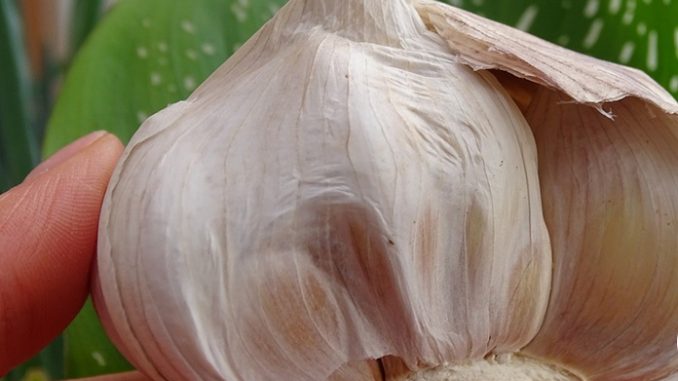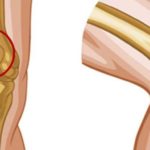Principles of a Low Glycemic Diet
As you can see, the types of carbs included in your diet typically have a big impact on how you feel after eating the food, including how satisfied or full you are, how quickly you get hungry again or experience cravings for more, and how much of a lift in energy the food tends to provide for you. The goal of eating a low glycemic diet is to consume more foods that only have a mild, more prolonged impact on blood sugar since they’re broken down slower and provide more sustained energy.
Here are several key principles and tips to keep in mind when reducing the glycemic load of your diet:
- Eat carbs that require zero or very little “processing” — One of the biggest factors when it comes to determining a food’s glycemic load/index score is whether it’s eaten in its original state (such as veggies that are raw or mildly cooked) versus whether it’s been processed (like bread, soda and cereal). The more that a food is refined, the quicker its sugar/starch molecules will impact blood sugar. For example, the smaller a starch granule is, the easier and quicker it is for the digestive system to convert it to glucose.
- Get more fiber — Fiber in “whole foods” acts as a protective barrier when it comes to stabilizing blood sugar, slowing down digestion, and protecting sugar and starch molecules from rapid absorption due to enzyme release.The more refined a food is, the less fiber it’s likely to contain. For example, processed grains and sugar supply very little fiber, if any. On the other hand, fresh veggies, fruit, and soaked/sprouted beans or legumes provides lots. Here are some of the best high-fiber foods: artichokes, green leafy vegetables, avocado, cruciferous veggies, chia and flax, and sweet potatoes. (5)
- Make your grains 100 percent unprocessed and ideally soaked/sprouted — Make a habit of reading ingredient labels whenever you eat something that comes in a package or box, such as bread, pasta, cereal or wraps. Look for the words “100 percent whole grain” as the very first ingredient, and check for any indication that sugar has been added, keeping in mind that added sugar can go by dozens of different names. Try to eat foods with just one or very little ingredients, which means they’re more likely to contain natural fiber and less likely to spike blood sugar.
- Get more starch from root veggies — Some people respond poorly to eating grains, especially wheat, which contains the protein called glutenthat can be hard to fully digest. You can get plenty of healthy carbohydrates, fiber and antioxidants too from eating root veggies like sweet potatoes, beets, turnips and winter squash.
- Combine carbs with protein and fat — How you combine different foods is very important when it comes to digestion and blood sugar management. Pairing low GI carbs with a healthy source of fat and protein (such as olive or coconut oil, eggs, and fish, for example) can be helpful for managing blood sugar levels, energy and hunger. (6) Try to include a source of each with each main meal and at least some protein or healthy fat with snacks.
Precautions When Eating a Low Glycemic Diet
If a low glycemic diet seems overwhelming or restrictive, remember that your diet doesn’t have to be complicated to be healthy. Keep things simple by using common sense and choosing source of carbs that are the least processed and contain the fewest added ingredients. Sources of carbohydrates like fruits, ancient whole grains, sweet potatoes, beans, etc., don’t need to be removed from your diet — it’s all about balance and eating real foods!
Follow my recommendation to eat plenty (and a variety of) real foods and avoid fake foods, then you won’t have to pay too much attention to calculating GI scores, calories, grams, etc. Eat foods the way they’re found in nature, listen to your body, and pay attention to your own “biofeedback” and individual symptoms to know what’s best for you.
Final Thoughts on Eating a Low Glycemic Diet
- Glycemic index (GI) and glycemic load (GL) values represent the impact that one average serving size of a carbohydrate food has on your blood sugar levels. Many feel that GL is a more accurate representation compared to GI for determining which carbohydrates are healthy and therefore should be part of a low glycemic diet.
- A low glycemic diet (or low GL diet) has benefits including helping normalize blood sugar, prevent insulin resistance, prevent fatigue, and keep you fuller and energized for longer.
- To start eating a low glycemic diet, follow these tips and recommendations: Get more fiber from veggies, beans, legumes, nuts and seeds; pair foods with higher GL values with proteins and healthy fats; consume 100 percent whole/unprocessed grains; reduce your intake of flour and white refined grains; eat smaller amounts of starchy foods like potatoes, rice and bread; and reduce or avoid sugary foods like cookies, cakes, juices, candy and soft drinks.


